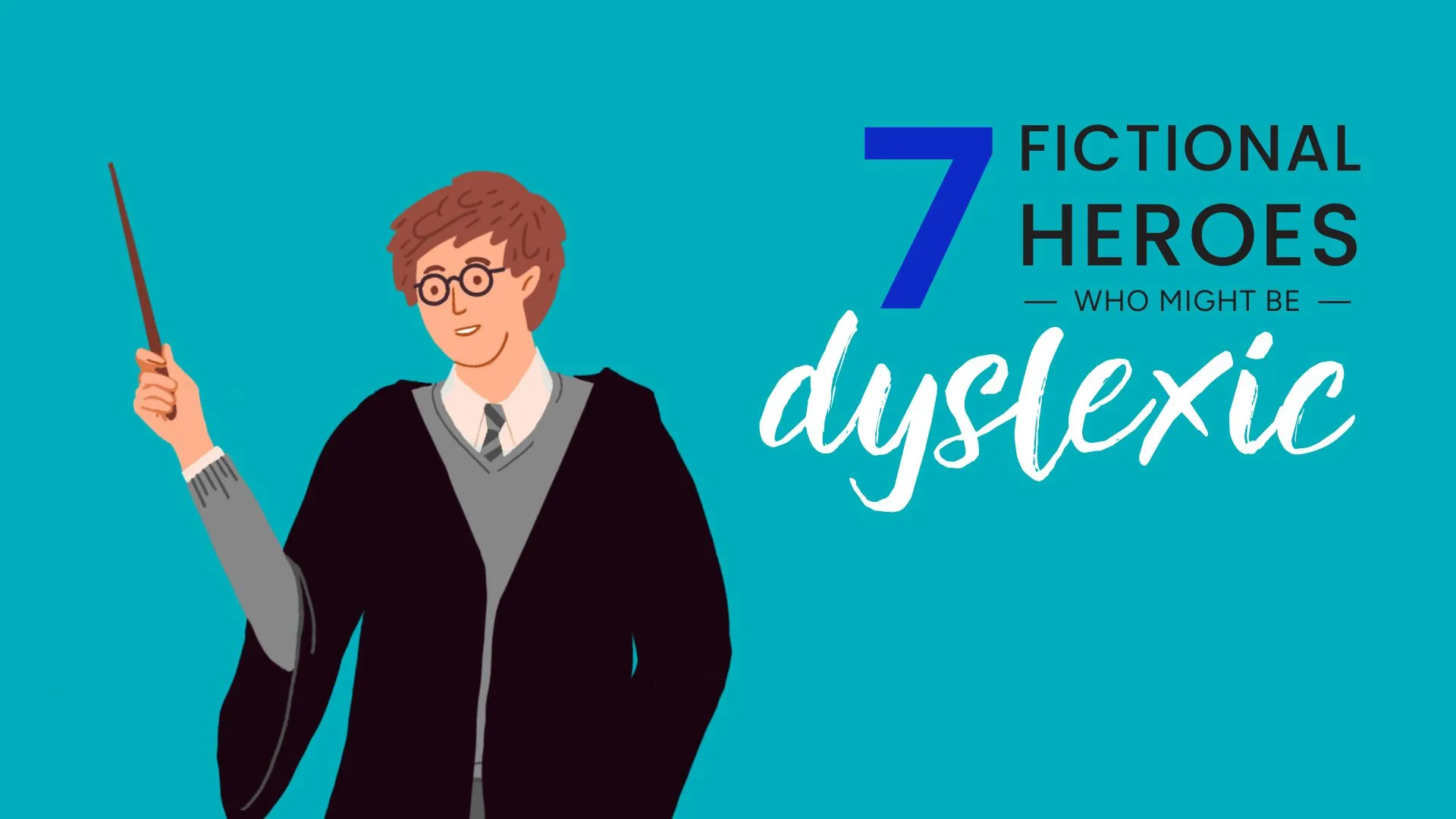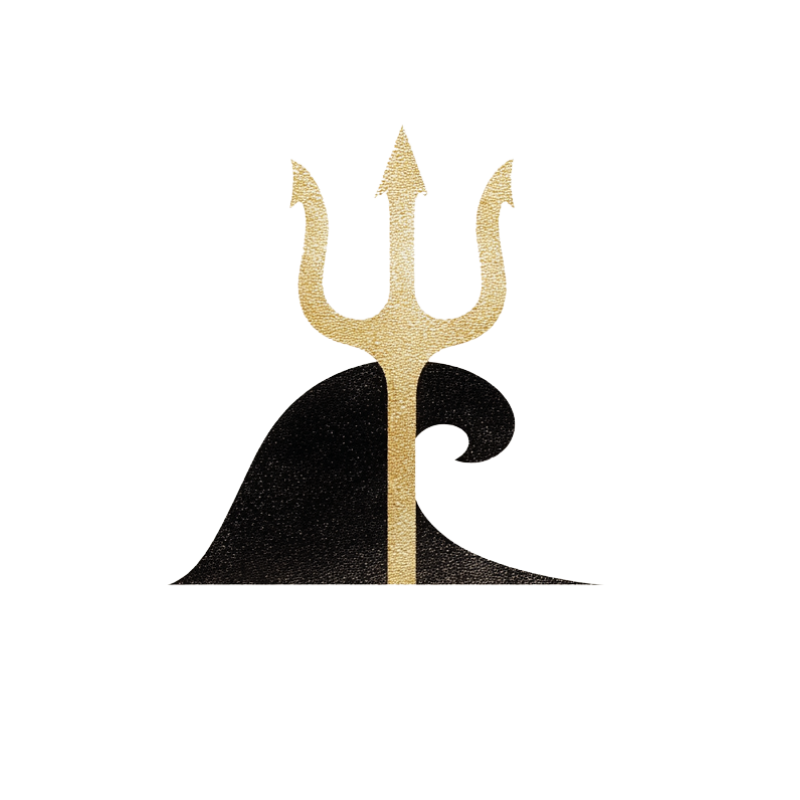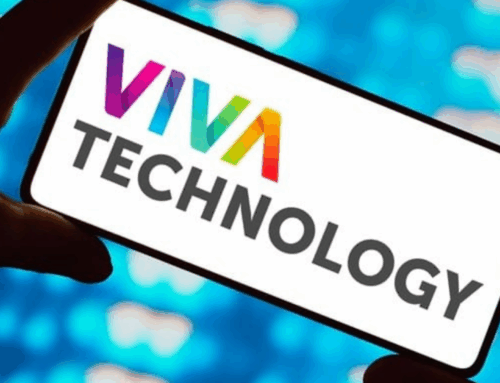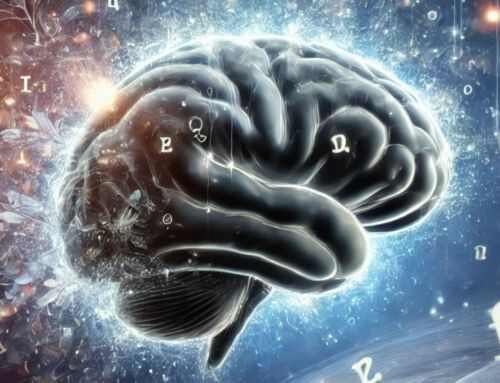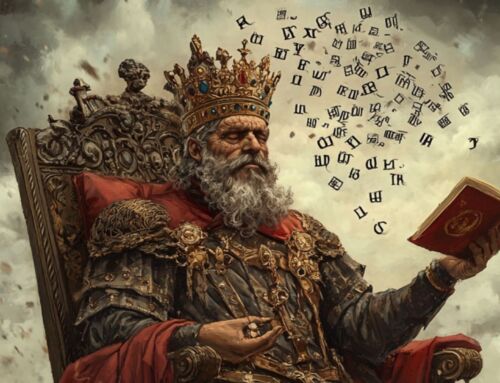Some people learn fast. Others learn differently.
Some read the lines. Others visualize them, feel them, or bring them to life.
What if this difference wasn’t a weakness at all, but simply another way of understanding the world?
Many of our favorite fictional heroes embody this without ever naming it.
They stumble, dream big, get distracted, overthink, or improvise — and somehow still achieve the impossible.
Behind their quirks, you’ll often find traits that echo what many dyslexic or neurodivergent readers experience every day: visual thinking, intuition, fast pattern-spotting, or unstoppable creativity.
What if these characters we love were simply showing us another kind of intelligence?
At Lili for Life, we believe there is no single “right” way to read or learn.
Our light-based solutions are designed to support dyslexic readers by turning their unique way of processing information into a source of confidence — not frustration.
This article is a tribute to that diversity of minds.
A journey through literature, film, and cognition.
A reminder that fiction often helps us understand difference more clearly than theory ever could.
How fiction helps us understand neurodiversity
Stories always tell us something about ourselves.
Fictional heroes who think “differently” are rarely side characters—they’re the ones who make the adventure possible.
Think about Harry Potter, Amélie Poulain, Sherlock Holmes, Luna Lovegood…
Each has a way of thinking that bends the rules, breaks the mold, or opens unexpected doors.
Their minds don’t always follow the usual logic, and that’s precisely what makes them remarkable.
This mirrors what we call neurodiversity today: the idea that human brains process information in multiple, equally valid ways.
Some people think in pictures, others in sequences. Some feel everything with high intensity. Others jump from idea to idea at lightning speed.
These differences fuel creativity, invention, and collective intelligence.
And fiction gives us the language—and sometimes the courage—to see them as strengths.
Understanding DYS profiles through stories
DYS profiles (dyslexia, dyspraxia, dyscalculia, dysphasia…) represent different ways of processing information. Fiction helps us explore them without labels, without stigma—through emotion and imagination.
What “DYS” Covers
- Dyslexia — reading, decoding, and word identification
- Dyspraxia — motor coordination
- Dyscalculia — numbers and mathematical reasoning
- Dysphasia — spoken language comprehension or expression
- Associated profiles like ADHD — attention, focus, and organization
Behind these terms lies one reality: brains that work differently — often more visually, intuitively, or emotionally.
Children and adults with DYS profiles tend to develop incredible compensatory strategies: remembering stories as images, understanding through movement, or connecting ideas in innovative ways.
These aren’t weaknesses.
They’re alternative intelligences — the kind that has shaped artists, inventors, scientists, and creators across history.
Why fictional heroes help us see strengths more clearly
Fiction has a unique power: it makes difference visible without pathologizing it.
A clumsy hero becomes courageous.
A distracted genius becomes irreplaceable.
A hypersensitive dreamer becomes the emotional core of the story.
When a child recognizes themselves in a character who doesn’t “think like everyone else,” something shifts.
Shame becomes pride.
Anxiety becomes belonging.
Stories become mirrors — gentle, empowering ones.
They show that having a different kind of brain doesn’t mean being behind.
It means seeing the world from an angle others simply don’t have.
How fiction makes cognitive differences visible
Behind their extraordinary journeys, these characters share traits familiar to many neurodivergent readers: visual memory, creativity, intuitive problem-solving, resilience.
They remind us that thinking differently is already a superpower.
What these heroes teach us about difference
Their shared trait isn’t a “disorder.”
It’s a unique way of experiencing the world.
- Harry turns intuition into courage.
-
Luna
turns imagination into wisdom.
- Tony turns restlessness into invention.
- Percy turns dyslexia into identity.
- Hiccup turns awkwardness into innovation.
- Sherlock turns hyperfocus into mastery.
- Amélie turns sensitivity into connection.
They remind us that success, learning, and intelligence aren’t linear.
Diverse minds create diverse solutions.
For dyslexic readers — kids, teens, adults — these characters become powerful mirrors.
They show that their way of thinking is not “less,” only different.
And often, deeply valuable.
At Lili for Life, we carry this message every day:
difference isn’t a limitation — it’s another form of light.
With the right support — often something as simple as adapted lighting — reading can become more fluid, more enjoyable, and less effortful.
A new way to look at difference
We believe every mind has its own brightness.
Supporting neurodiversity means creating learning conditions that respect each reader’s sensory and cognitive needs: adjustable light, reduced glare, calm spaces, flexible paths into stories (visuals, audio, gestures, movement).
If you support a dyslexic child or teen, you can:
highlight heroes who think like they do
create a calming reading space
encourage multiple ways of entering a story: visuals, acting, listening, touching
And if you are dyslexic yourself:
your way of thinking is a skill.
With the right environment—including the right lighting—reading can become a space of confidence again.
👉 Want to learn more? Explore our resources on reading and focus, and discover how light can support dyslexic readers.
Discover Lili for Life solutions.

